
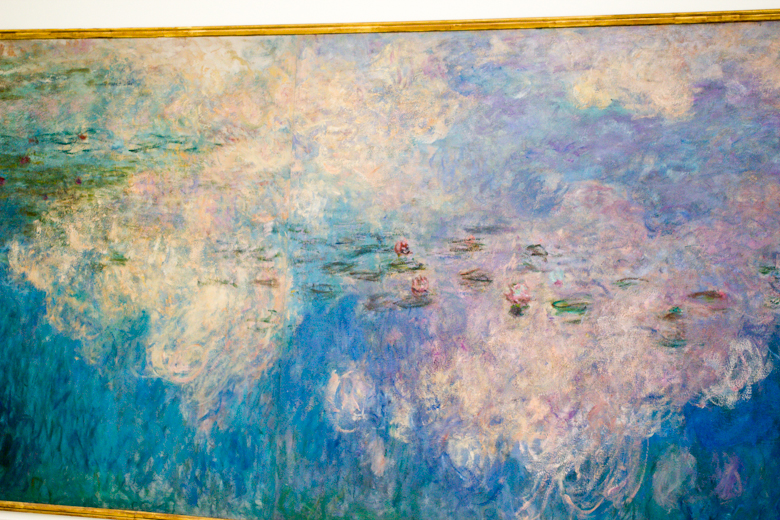
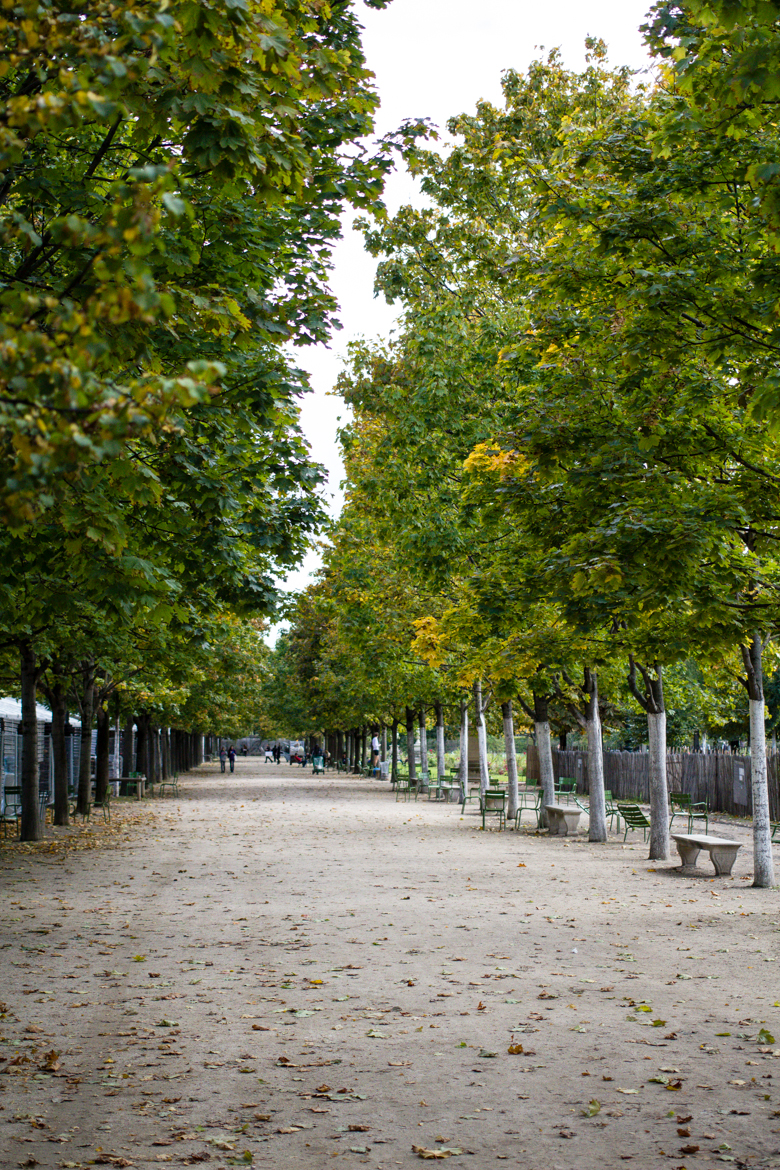

It's a cliche, but I'm pretty sure you could spend a decade in Paris and never run out of things to do or see.
So here's our highlight reel. An emphasis on art and old buildings and gardens, because they're our jam. Also sneaky hints and tips so that you can avoid the worst of the queues and largely just chill the fuck out a bit. There are things we missed like Versailles (thanks, striking workers - but seriously, good on you!) and the Sewer Museum (we confused the opening times) and things we'd like to do next time (like explore the Bois de Boulogne and Giverny).
We approached our time in Paris like we were living there for a month, rather than visiting. This attitude takes SO much pressure off the urge to push to see everything. Paris ain't going anywhere, folks. It's also an attitude that we really, gratefully achieved: establishing a favourite cafe, Adam buying a baguette everyday, finding a local health food store. Being able to walk to the Seine without a map (!).
A small word on safety: we never felt unsafe or preyed upon in Paris. You need to be firm with anyone that approaches you on the street (a polite 'non, merci' seems to work most of the time) - don't let them give you anything or convince you to sign anything. They're all scams (google Paris scams and you can be entertained for HOURS). We tend not to carry a backpack (I rarely carry a handbag even), so we avoid stressing about pickpockets too much. And it was autumn, so we carried money in our internal jacket pockets. The main thing you should be really aware of are ATMs. Only use ATMs that are INSIDE a bank, and even then, always cover your pin. Two weeks into our stay, our travel money card was skimmed, and all of the Euros that we had bought withdrawn from an ATM in India. (We're not sure whether our card was skimmed in the UK or Paris, but the same advice applies anywhere.) Our bank were amazing and eventually able to refund the money (it can take up to 15 business days), and it didn't ruin things for us financially, but it was a pretty shitty shock. Moral of the story: be aware of your surroundings, but they're no need for a dicky internal travel wallet if you've got your head screwed onto your body.
So our sojourn in Paris is done, and I'll take away so many brilliant memories from our time here. It was reenergising, reinvigorating, and beautiful in every possible way.
Missed Part One? Check out my guide to Paris's coffee, eats and treats.
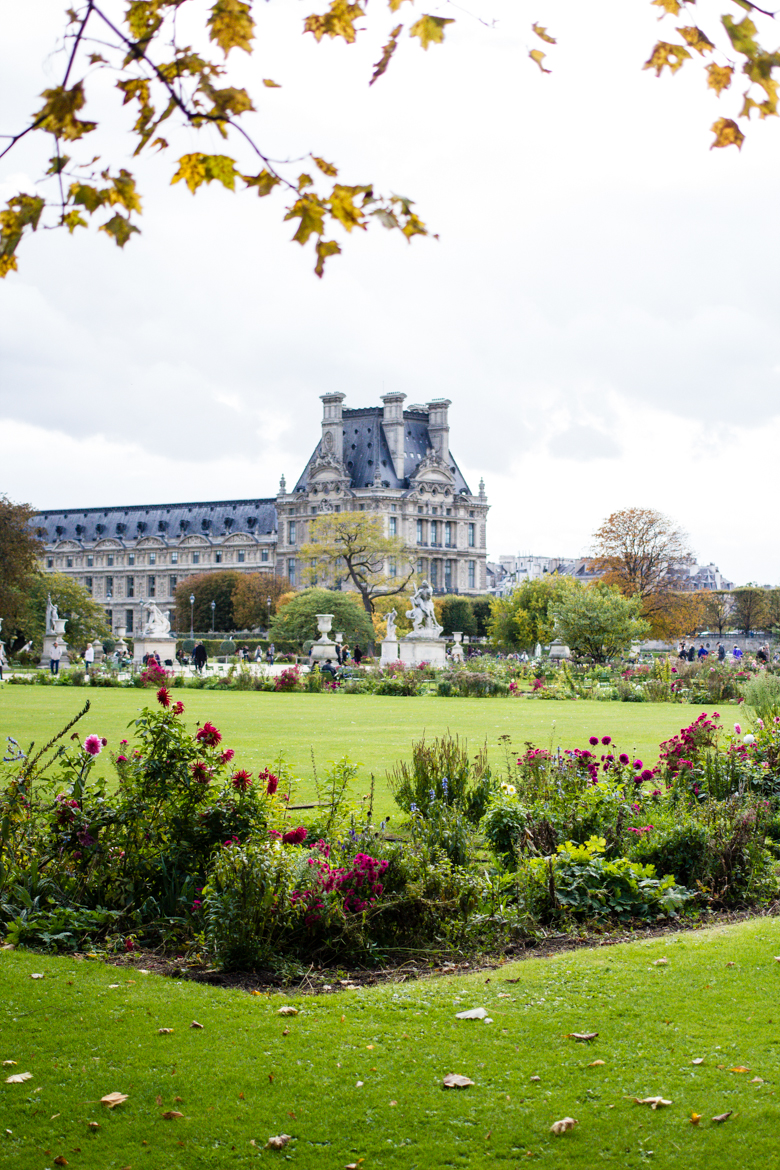
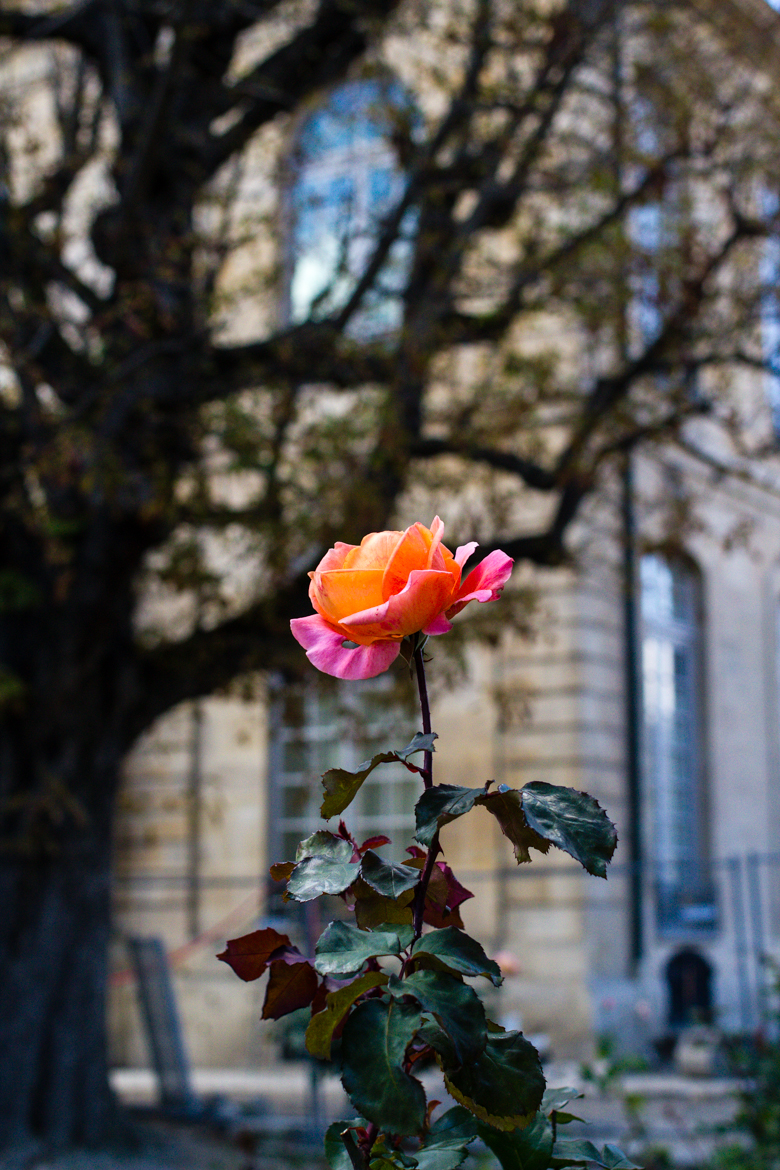
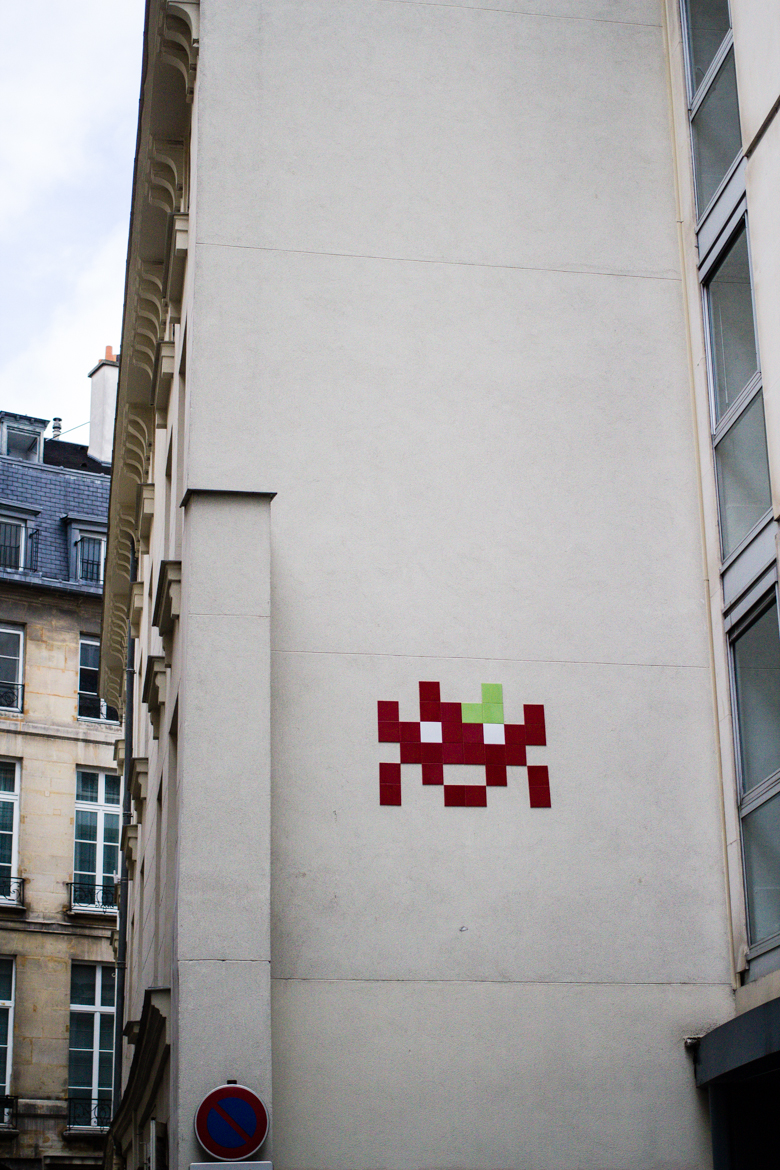
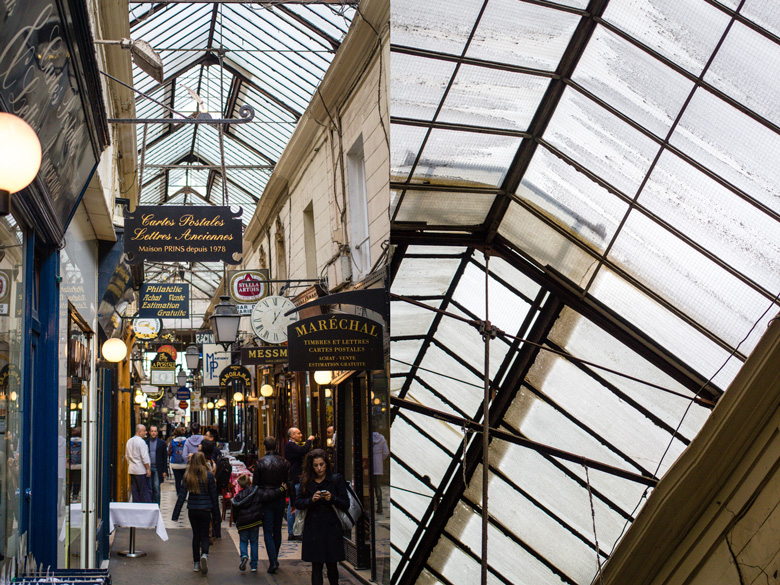
DO
Space Invaders: This was a brilliant way to encourage our awareness and engage a little more actively with the streets of Paris. A genius street artist has installed a whole tonne of mosaics around the city (actually not just Paris, they’re all over the world!). You use the app to take a photo of the mosaic when you spot one, and you get a score depending on the size and location of the piece. On our first day alone I ‘flashed’ 3 invaders. Download the app.
Covered Passages of Paris: Built mostly in the first half of the 19th century, the covered passages through the right bank of Paris were one of my favourite aspects of the city. They’re filled with excellent shops and cafés ranging from Noglu in Passage des Panoramas, to the many book and art sellers in Passage Verdeau and Passage Jouffroy.
Walk: For reals, just walk EVERYWHERE. Pack a pair of comfortable and stylish kicks, and get lost in the amazing streets of Paris. We used the metro a little: it's particularly handy for long days where you've already walked 25km, and for getting to the other side of the city (like when we locked ourselves out of our apartment and had to go and get the spare key). But otherwise, we used our feet. Your budget will thank you, your waistline will thank you (WHO AM I KIDDING MORE ROOM FOR PASTRIES, RIGHT?), but you'll really getting a sense of the city. Paris was redeveloped in the 1850s by a dude called Haussmann, mostly with the aim of making it easier to get around the city quickly on foot (he also wanted to make the streets more difficult to barricade, which is why they're so wide, pesky revolutionaries). The many bridges make it easy to get across the river, and there are plenty of parks to get lost it as well.
Gardens: Pretty flowers and lots of open space, guys! The Tuileries (of course) are stunning, but the Luxembourg gardens on the left bank are dreamy. My personal favourite was Parc Monceau.
Neighbourhoods worth exploring: Le Marais, Latin Quarter, Montmartre (for starters).
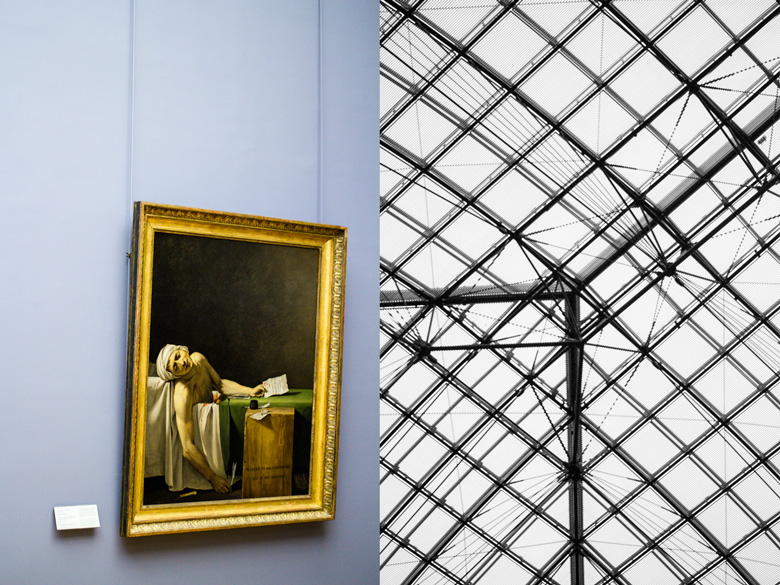
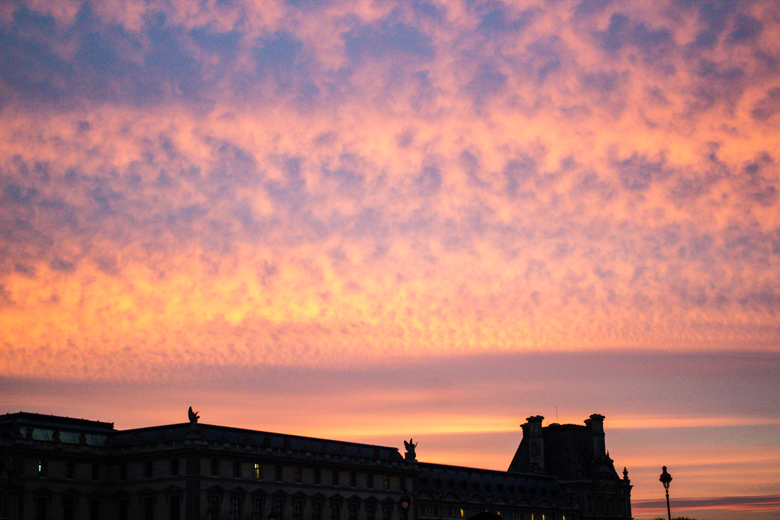
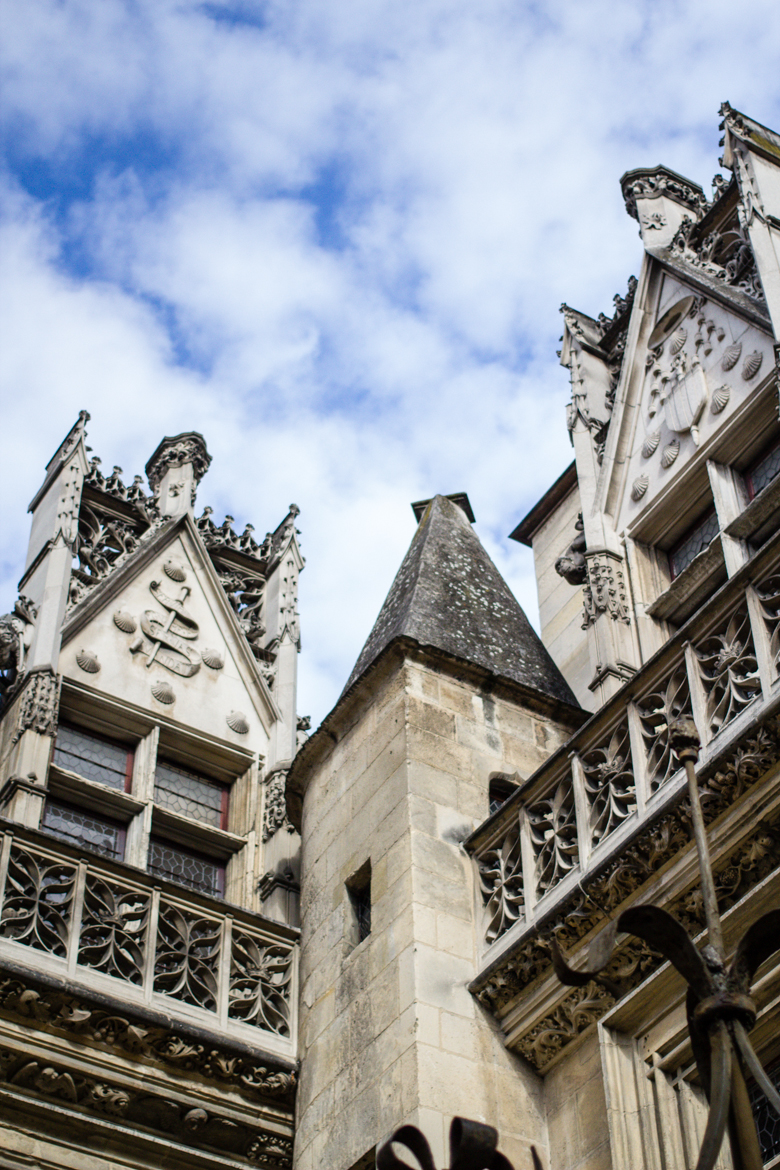

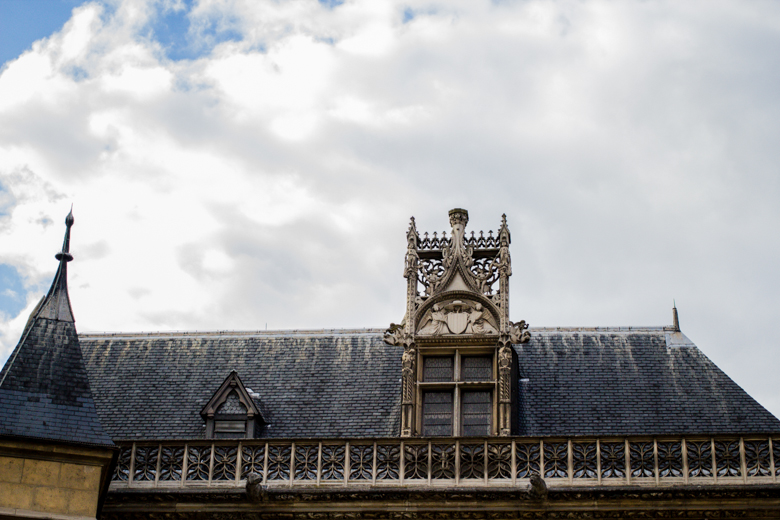
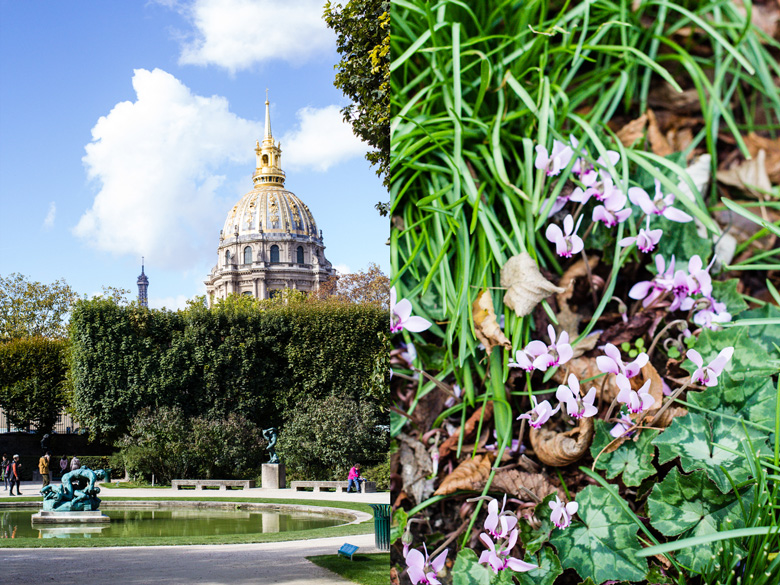
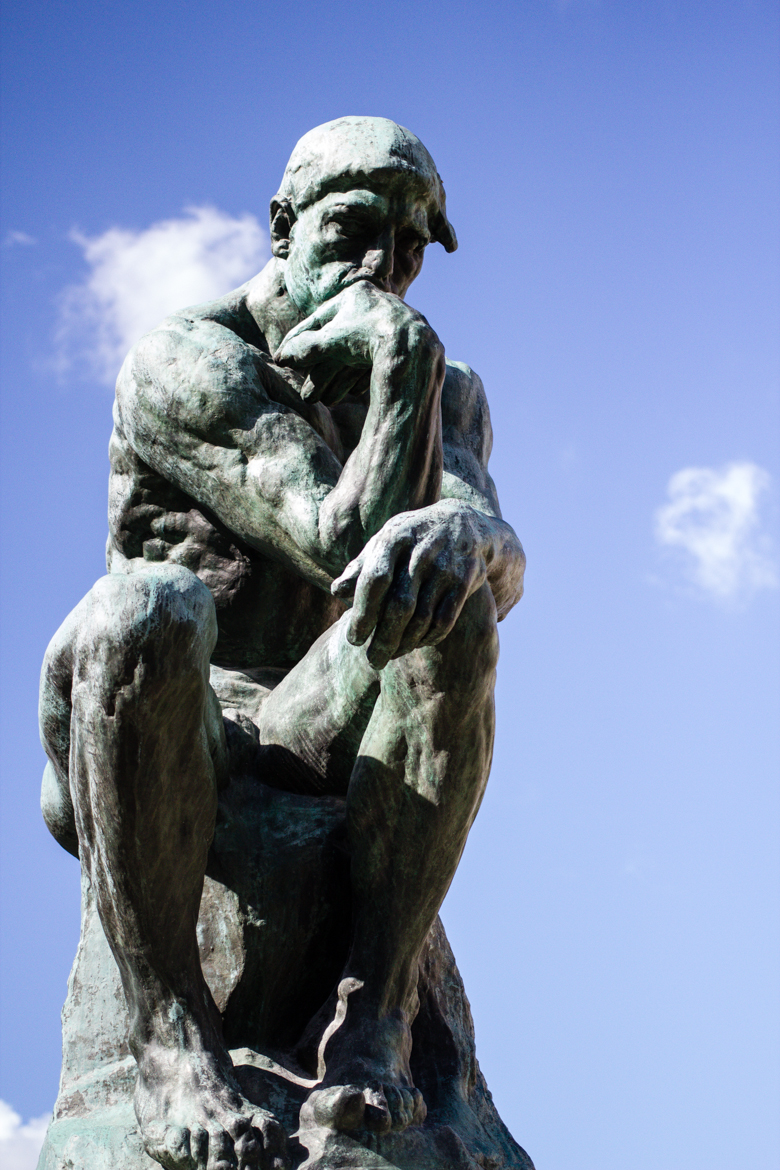
SEE
We would highly recommend getting a Paris Museum Pass. You buy them for lots of consecutive days: 2, 4 or 6. It saves you a fuck tonne of money. We started with a 4 day pass in our first week, during which time we saved 44,5€ per person. We got a second pass for 2 days at the end of our trip, to squeeze in the sites we missed the first time (this time it saved us over 30€ each). I’ve marked sites that you can visit on the pass with (PMP).
Museums + Galleries
Musée d’Orsay (PMP): We tackled the d’Orsay in two stints. In our first visit, we arrived around 10.15am and spent a good 45-50 minutes in queue C once we’d bought our Paris Museum Pass. It was worth the wait though: in our first visit we went through the entire bottom floor, and the special exhibition on prostitutes (the 18+ sections full of porn from the 19th century were sensational/hilarious/horrifying). Then we went up onto Level 2 and down the Seine side of the gallery. At this point we were very hungry. So we called it a day and chowed down a picnic lunch overlooking the Seine. Our second visit (on a Thursday night when they open late) we went straight up to the Impressionists on the fifth floor (amazing and beautiful) and then down to the post-Impressionists on the second floor. Visiting at night was wonderful. There were no lines, though still plenty of people inside the museum, and the energy was fantastic.
Musée national Picasso-Paris (PMP): We arrived around 2 pm and there were no queues and no waiting. It’s a gorgeous building that’s been recently renovated. Head up stairs to Café sur le Toit to have a gorgeous view across the courtyard. When we visited levels 2 & 3 were closed for the installation of an exhibition, but the galleries on the ground and first floors were lovely, spacious and light-filled. Don’t miss the Grebo mask (which is thought to have inspired Picasso’s move into full abstraction), or the collages in the first couple of galleries (particularly the collage with rope & paper that looks like chair caning): they’re some of his most important works.
Musée du Louvre (PMP): Look, it’s the Louvre for a reason. It’s always going to be busy, and it’s always going to be worth it. The Museum Pass really comes into its own here: skip the MASSIVE line for people buying tickets on the day. Our first visit, we arrived around 4 pm and did not queue at all. Grab a map and put your coat and bags in a locker (both are free), so you can wander unencumbered. Our second visit on a Friday night was just as lovely (the french paintings on the 2nd floor were closed) and we had several rooms in the Greek collection to ourselves.
Musée de l’Orangerie (PMP): Monet’s Nymphéas are stunning in person and you should probably take some time just to sit and soak them up. We arrived around 3pm and only had to wait a minute or two to get inside. The collection of Impressionist and Post-Impressionist art shown on the bottom floor is also definitely worth a stroll.
Musée Rodin (PMP): The main section of the museum was closed for renovations when we visited, but there was plenty to keep us happy in the gardens, which are sensational. Take a packed lunch and wander around. No lines when we visited (around lunchtime).
Musée National du Moyen Âge Paris (Musée de Cluny) (PMP): The tapestries here are sensational, as is the building, one of the last medieval buildings in Paris. The oldest parts, including the frigidarium date to Roman times. The sculpture and object collection is lovely. And once again, no lines — it’s situated in the Latin Quarter, which is perfect for a wander before or after your visit.
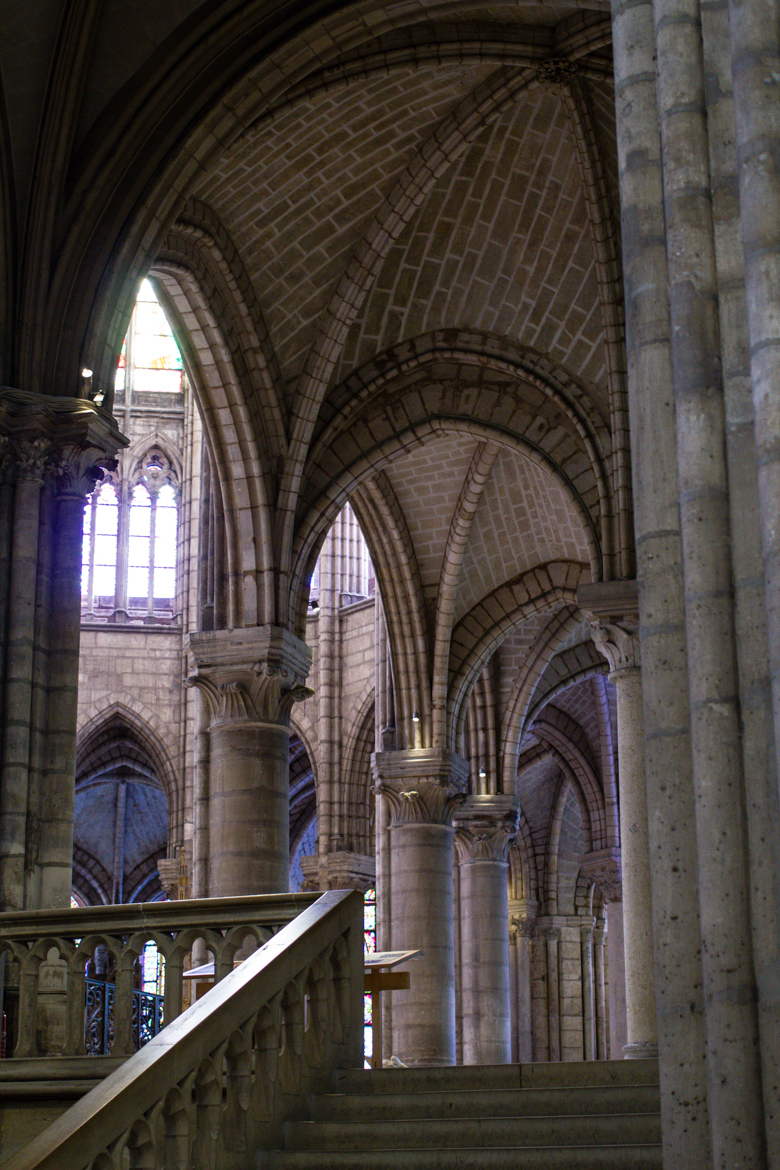
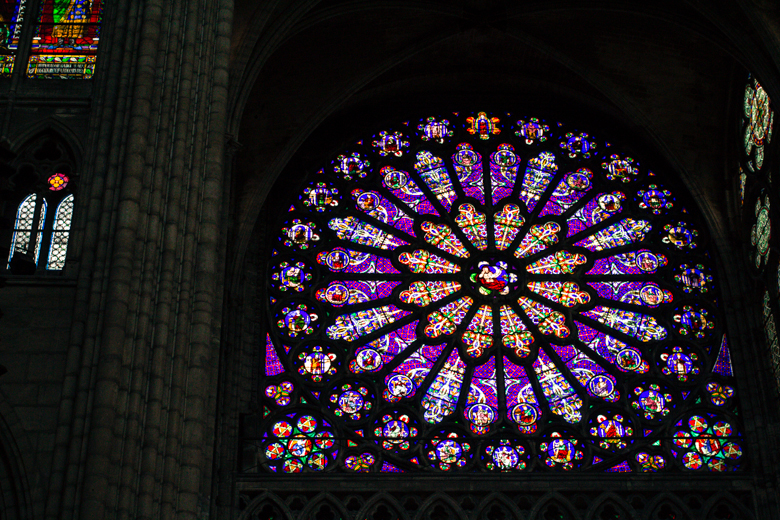
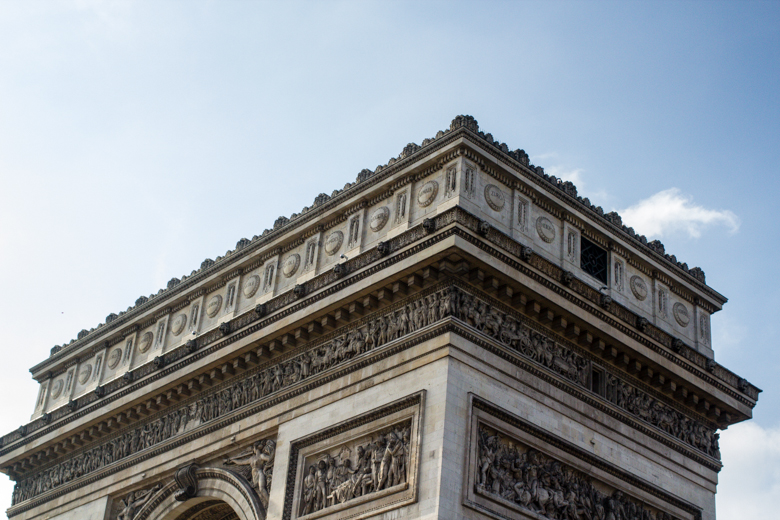
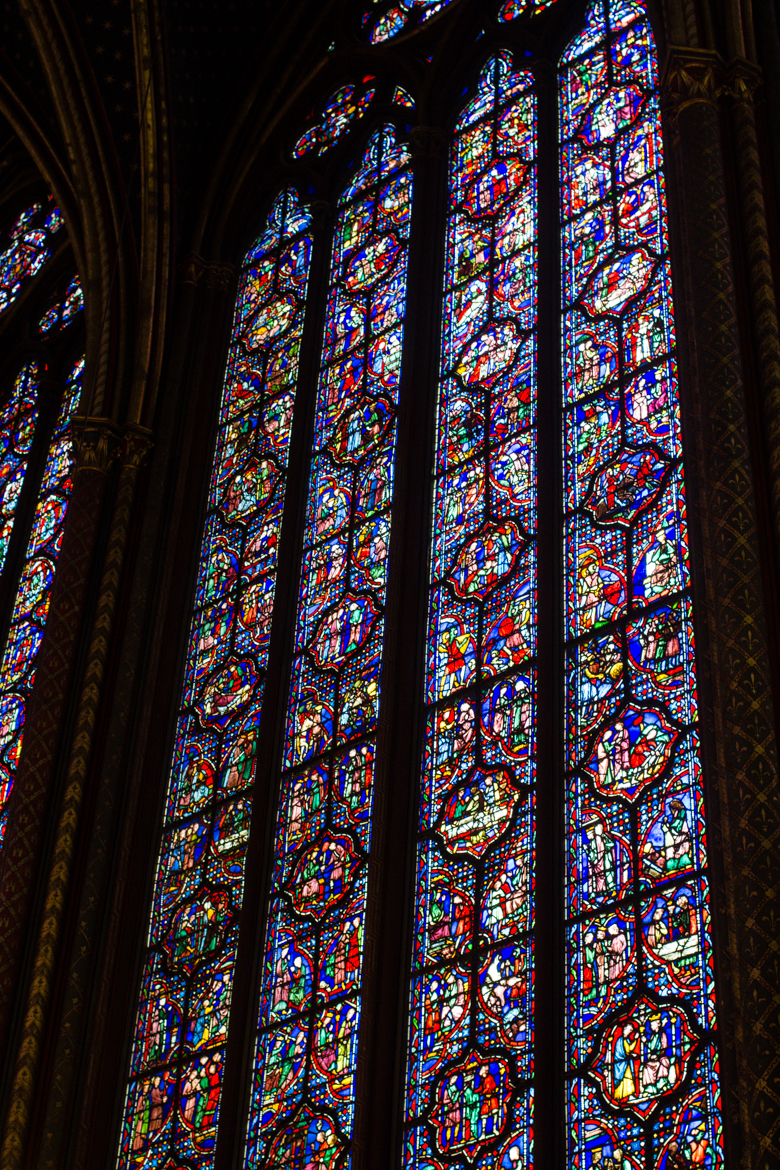
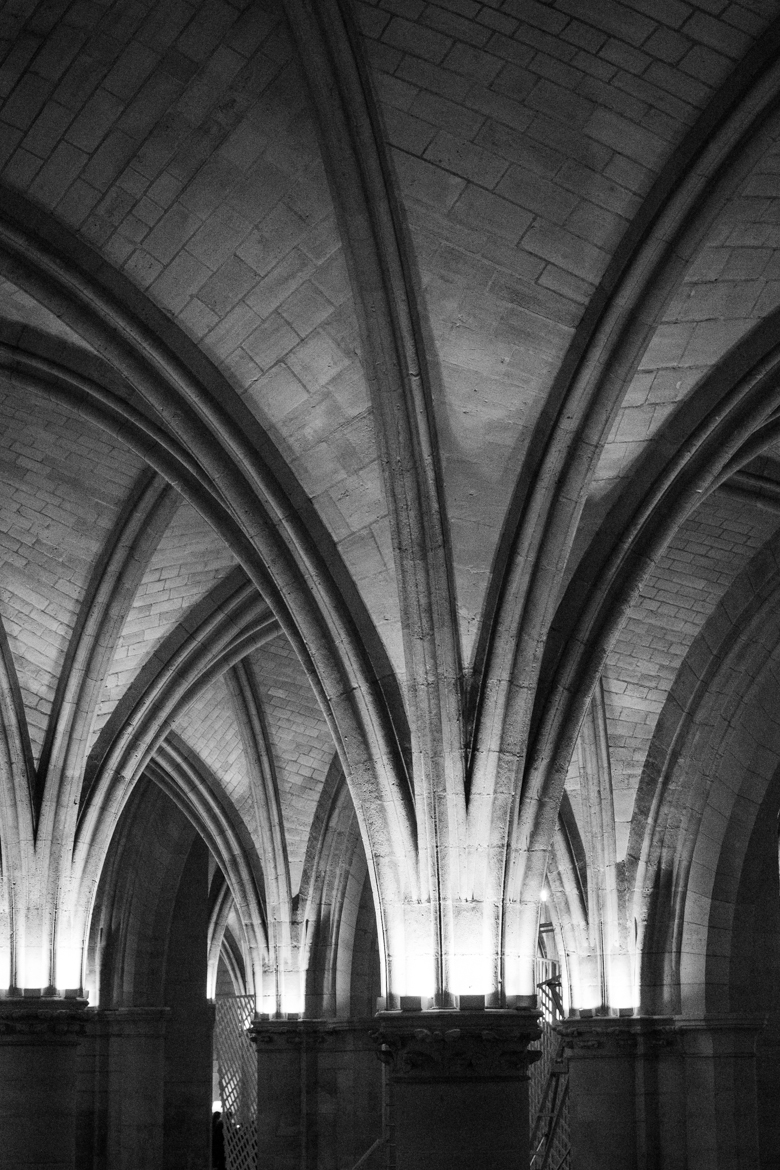

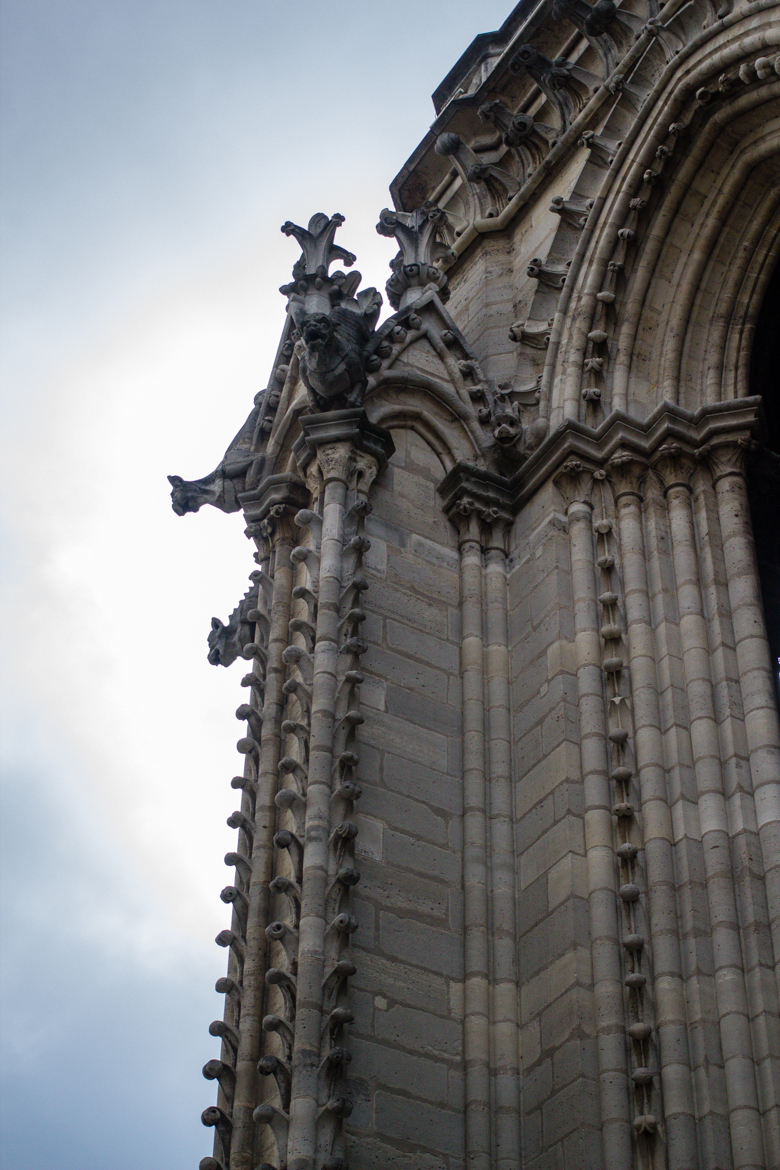

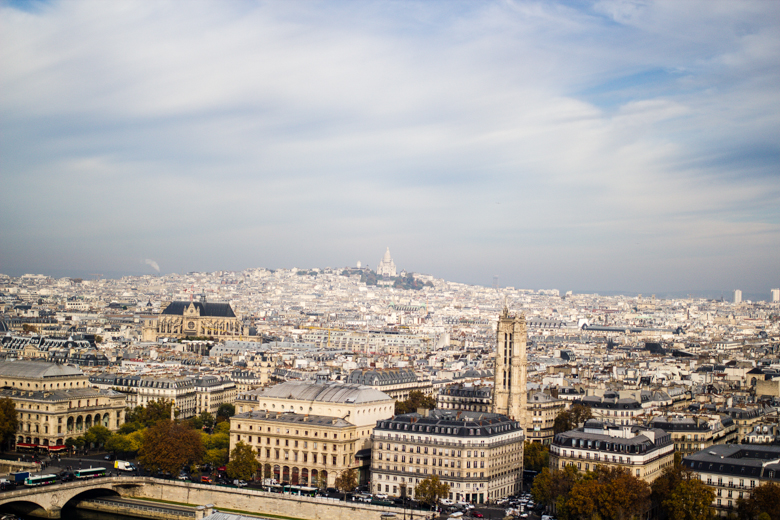
Buildings & Architecture
Basilique Cathédrale de Saint-Denis (PMP): the choir of this cathedral is the first real example of Gothic architecture, and it’s magnificent. The rose windows were replaced in the 19th century and they fill the cathedral with the most gorgeous multicoloured light. There are over 70 French kings and queens buried there, included Marie Antoinette. Taking the metro, we arrived first thing in the morning (the crypt opens from 10am) and we basically had the place to ourselves, save a handful of other visitors. Pick up one of the self-guided tour fliers from the front desk. No queues, and no noise, making a perfect change of pace from the hectic streets of the city centre.
Notre Dame de Paris (Free/PMP): The line to get into the body of the Cathedral might look long, but it moves quickly. The line to get up into the bell tower is just as long (and you’ll need to have a pass or buy a ticket) and doesn’t move as quickly. They let groups of 20 or so people up every 30 minutes, so we’d recommend getting there before opening time one morning so you’re not stuck in a queue for half a day.
Panthéon (PMP): The building is magnificent: airy, bright and enormous. The crypts contain the tombs of countless important French citizens: Marie and Pierre Curie, Marat, Voltaire, Rousseau, Hugo, Zola and Dumas.
Sainte-Chapelle (PMP): No priority queues here, because entry is controlled by the military police (it’s right next to the Supreme Court, so security is tight). The queue can get long, but moves relatively quickly. The stained glass in the upper chapel is phenomenal, and worth the queue. The lower chapel also hosts the oldest wall painting in Paris, a 13th century fresco.
Conciergerie (PMP): Two doors down from Sainte-Chapelle, and no queues when we visited (hurrah!). This is Paris’s old prison: Marie Antionette was held here before her execution. The space is definitely worth a wander through, and the recreation of the prison cells is pretty nifty.
VERY USEFUL PARIS BLOGS & WEBSITES
Ashlae (from Oh, Ladycakes) has an excellent guide to Paris on her other site, Well Traveled Couple.
De Quelle Planete Es-Tu? by Meg has very thorough guides to Paris by Arrondissement (!) which is SO useful.
Prêt-à-Voyager: Anne’s Instagram account has been named one of the best to follow in Paris, and I’ve personally found it incredibly useful. Her blog is also fantastic and hilarious.
David Lebovitz not only has a fantastic cooking blog but his insights into life in Paris are also amazing. He has a list of his favourites here (including some essential tips on dining out, coffee and etiquette in Paris), but I also love just browsing his archives.
No comments:
Post a Comment